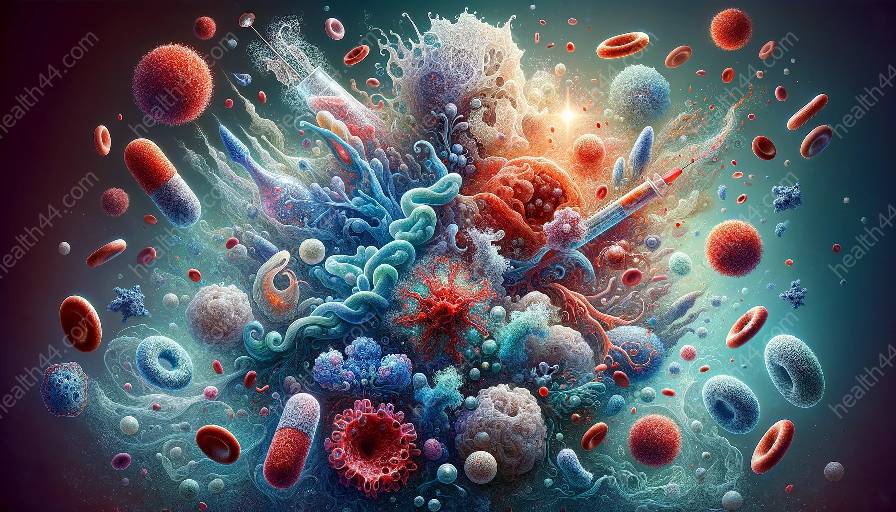Immunological checkpoints are key regulatory mechanisms in adaptive immune responses, playing a crucial role in maintaining immune balance and preventing abnormal immune reactions. This topic cluster aims to explore the significance of immunological checkpoints in adaptive immune responses, particularly within the field of immunology.
The Anatomy of Adaptive Immunity
Before delving into the details of immunological checkpoints, it is important to understand the basics of adaptive immunity. Adaptive immunity is a complex and specialized defense mechanism that provides long-term protection against specific pathogens. This type of immunity is characterized by the presence of antigen-specific immune responses and immunological memory, which allow the immune system to recognize and respond more efficiently to previously encountered antigens.
Immunological Checkpoints: A Regulatory Mechanism
Immunological checkpoints are pivotal for maintaining immune homeostasis and preventing uncontrolled immune responses. These checkpoints act as regulatory molecules or receptors that modulate the activation, proliferation, and function of immune cells, particularly T cells, which are central players in adaptive immunity. By exerting control over T cell activation and function, immunological checkpoints help prevent autoimmune reactions and excessive inflammation while promoting effective immune responses against pathogens and tumors.
Key Immunological Checkpoints
Several immunological checkpoints have been identified, each with unique roles in immune regulation. One of the most well-known checkpoints is the programmed cell death protein 1 (PD-1) receptor and its ligands, PD-L1 and PD-L2. When PD-1 interacts with its ligands, it inhibits T cell activation, thus preventing hyperactivation and tissue damage. Cytotoxic T-lymphocyte-associated protein 4 (CTLA-4) is another crucial checkpoint that negatively regulates T cell responses, particularly during the priming phase of immune activation.
Additionally, T cell immunoglobulin and mucin domain-containing protein 3 (TIM-3) and lymphocyte activation gene 3 (LAG-3) are emerging as important checkpoints that contribute to immune regulation and tolerance. These checkpoints, among others, play key roles in modulating T cell responses and maintaining immune balance.
Significance in Adaptive Immune Responses
The significance of immunological checkpoints in adaptive immune responses lies in their ability to fine-tune the immune system's reactions. By preventing excessive immune responses against self-antigens and minimizing collateral tissue damage, these checkpoints contribute to the establishment of immune tolerance and self-tolerance. Moreover, immunological checkpoints are instrumental in the regulation of immune responses against pathogens and tumors, enabling the immune system to mount effective yet controlled reactions while avoiding immunopathology.
Therapeutic Implications
Given the importance of immunological checkpoints in immune regulation, targeting these checkpoints has become a focal point in immunotherapy. Immune checkpoint inhibitors, which block the inhibitory signals mediated by checkpoints such as PD-1 and CTLA-4, have revolutionized the treatment of various cancers by enhancing antitumor immune responses. Understanding the significance of immunological checkpoints in adaptive immune responses has paved the way for the development of novel immunotherapeutic strategies aimed at modulating immune checkpoint pathways to treat cancer and autoimmune diseases.
Conclusion
In conclusion, immunological checkpoints are essential components of adaptive immunity, serving as key regulators of immune responses. Their significance in adaptive immune responses is evident in their ability to maintain immune balance, prevent autoimmune reactions, and enhance immune responses against pathogens and tumors. Exploring the intricate mechanisms of immunological checkpoints offers valuable insights into the functioning of the immune system and opens new avenues for therapeutic interventions in the field of immunology.


